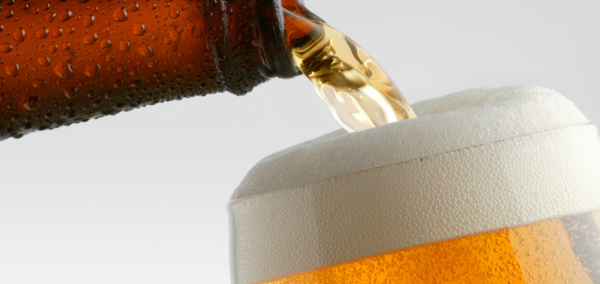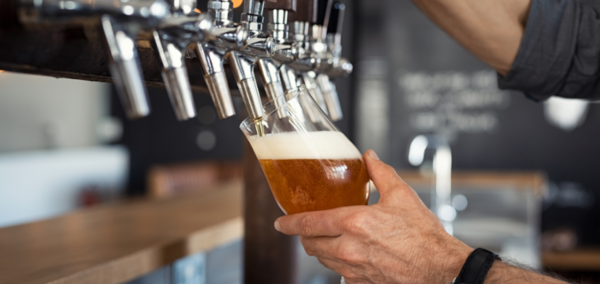In 2024, the world’s top 40 beer producers generated a total of 1.638 billion hectoliters, marking a slight decrease of 0.6% compared to the previous year. This data comes from BarthHaas, which released its annual update ranking the largest beer companies by production volume.
Unsurprisingly, AB InBev holds the top spot with 495.5 million hectoliters, followed by Heineken with 240.7 million, and China’s China Resources Snow Breweries, producing 108.8 million hectoliters.
A Market Dominated by Global Giants
AB InBev — the company behind Budweiser, Corona, and Stella Artois — alone accounts for over 30% of global beer production. Heineken, expanding rapidly across Asia and Latin America, maintains its stronghold as the world’s second-largest beer company. China Resources Snow, meanwhile, remains the largest domestic player in China, one of the most dynamic beer markets worldwide.
Also featured in the top 10 are Carlsberg, Molson Coors, Tsingtao, and Asahi, highlighting the increasing importance of Asia. Japanese brewery Asahi (ranked 6th) and South Korea’s HiteJinro (9th) further confirm Asia’s growing influence on global beer trends and industrial innovation.

Russia Re-Enters, Europe Holds Steady
One of the most notable changes in the 2025 ranking is the return of Baltika, the Russian brewer formerly part of Carlsberg, now re-nationalized and back among the top 12 global players. This reappearance reflects how geopolitical factors can directly impact the global beer market — especially in countries with strong domestic production.
In Europe, Heineken and Carlsberg continue to lead, but smaller breweries are also making headway, particularly those specializing in regional markets, craft beer, and low/no-alcohol styles.
Consolidation and Strategic Diversification
The 2025 landscape confirms a continuing trend toward industry consolidation and product diversification. Multinational brewers are investing heavily in premium, craft-inspired, and low-alcohol beers to respond to changing consumer preferences.
At the same time, innovation, sustainability, and digital supply chain solutions are becoming essential for maintaining competitiveness in a fragmented, globalized industry.

Key Trends to Watch
-
Growth in low- and no-alcohol beers, increasingly reshaping product portfolios.
-
Expansion into emerging markets, particularly in Africa and Southeast Asia, where beer consumption is rising.
-
Ongoing M&A activity, as major players continue acquiring local brands and distribution networks.
-
Innovation across the supply chain, from production and packaging to sustainable logistics.
Check out the full list of brewing companies > https://vinepair.com/booze-news/40-biggest-beer-producers-2025/
















